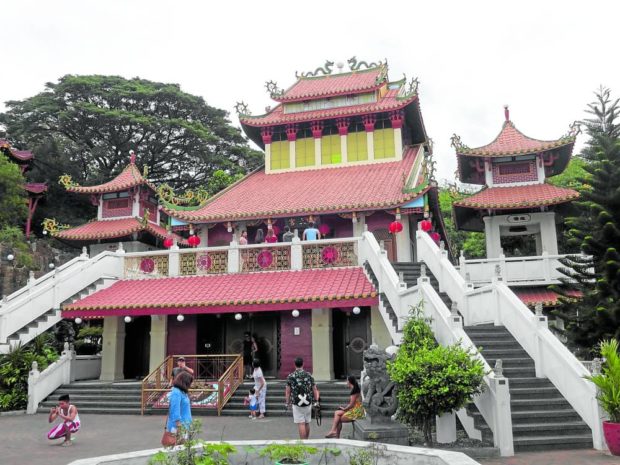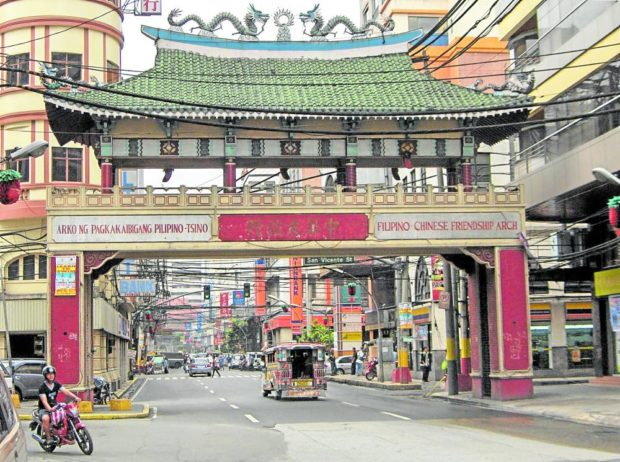Intertwined roots: Chinese influence on Philippine architecture

Chinese design elements can be found in a wide range of buildings, from grand temples to humble homes. (Patrick Roque / Wikimedia Commons)
As the Year of the Water Rabbit, approaches, it’s worth taking a closer look at the rich cultural exchange between China and the Philippines.
One area where this exchange is particularly evident is in Philippine architecture, wherein Chinese design elements can be found in a wide range of buildings, from grand temples to humble homes. Such elements do not only make the buildings look pleasing and more interesting, but also connect the people who live there with the universe to bring luck, fortune, prosperity, and good health.
Colors of prosperity
One of the most obvious ways that Chinese culture has influenced Philippine architecture is through the use of red and gold.
In Chinese culture, these colors are seen to bring good luck. For example, the facade of the Binondo Church, which was built in the 18th century by Spanish colonizers, features intricate carvings and reliefs that are painted in bright red and gold. These colors make the church, located in the City of Manila, look vibrant to represent luck and wealth for the community.
Dragons of Bahay Tsinoy
Another way that Chinese culture has influenced Philippine architecture is with dragons.
Article continues after this advertisementDragons are seen as powerful and benevolent creatures that bring good luck, prosperity, and good health. They are often carved or painted on buildings. You can also find them in statues, like the dragon statues on the roof of the Bahay Tsinoy in Manila. This museum presents the history and culture of the Chinese in the Philippines. It has traditional Chinese architecture, curved roofs, intricate carvings, and a pair of dragon statues at the entrance.
Article continues after this advertisementKeeping life in balance
The use of symmetry is also an important design element in Chinese architecture, and can be seen in many buildings in the Philippines. For example, the Chinese-Filipino Friendship Arch in Binondo features a symmetrical design with two large arches that meet in the middle, representing the strong bond between the Chinese and Filipino communities. Symmetry is good luck because it shows balance and harmony. It is also thought to bring prosperity.
Simple and functional
In addition to these specific parts of traditional Chinese architecture, many buildings in the Philippines also have curved rooflines, wooden eaves, and intricate carvings. These elements add visual interest and beauty to the structures and serve a practical purpose. Curved rooflines help deflect heavy rainfall forces, while the wide eaves protect the walls from the sun and rain.
The roots that make us
Many buildings that have traditional Chinese design elements and culture have had a significant impact on the architecture of the Philippines. From using lucky colors and symbols to adding valuable features like curved rooflines, these design choices are seen to bring good luck, wealth, and health to the people who live in them.
As we celebrate the new lunar cycle, let us take a moment to appreciate the rich cultural exchange between China and the Philippines and the beautiful architecture it has grown.
The author (www.ianfulgar.com) is a premium architect in the Philippines who works with local and international brands to improve hotels, condominiums, museums, and commercial and mixed-use township developments with unique and forward-thinking design specializations for the real estate market

